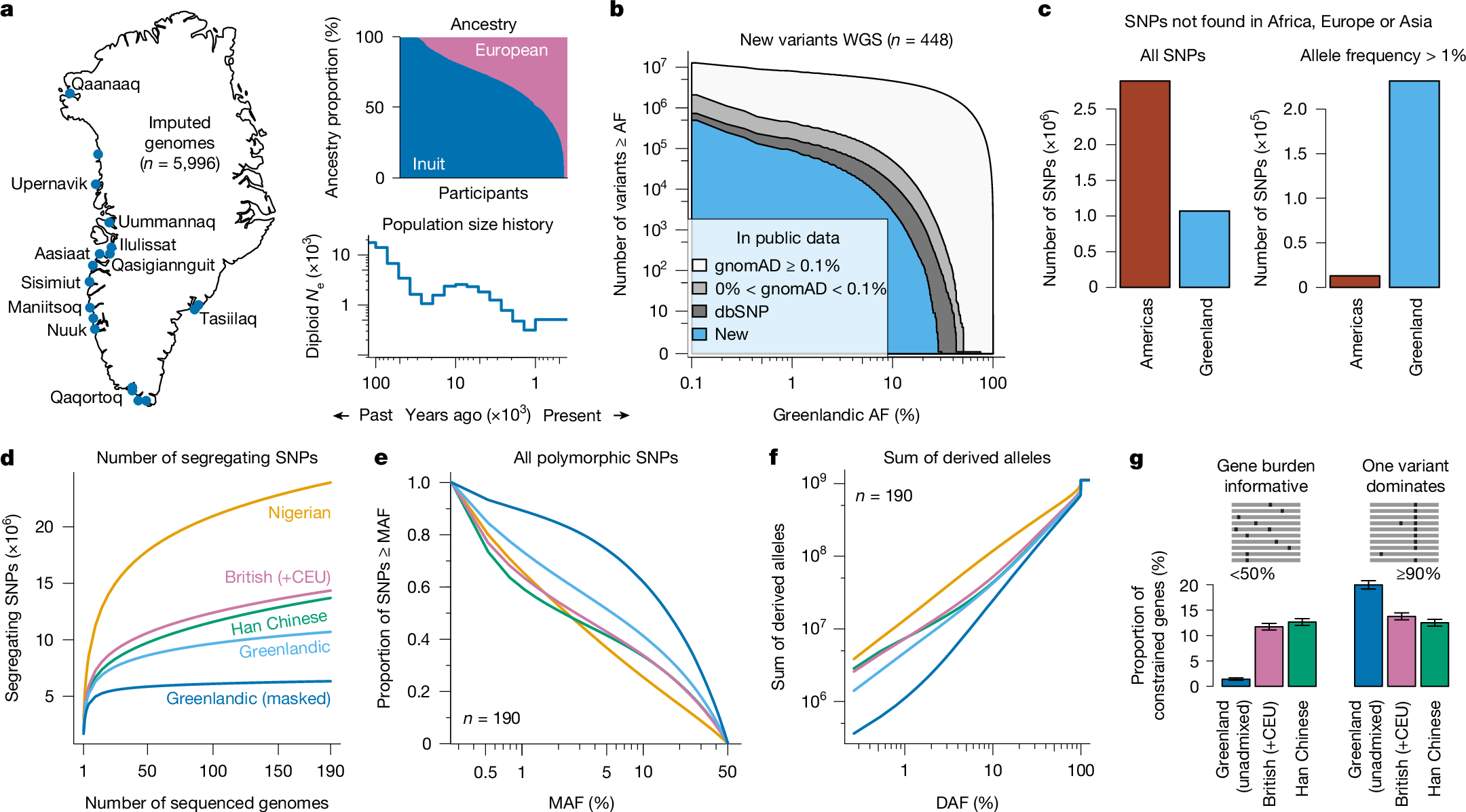2025-03-13 マックス・プランク研究所 (MPG)
<関連情報>
- https://www.mpg.de/24342551/active-gene-mutates-faster
- https://journals.plos.org/plosgenetics/article?id=10.1371/journal.pgen.1011572
遺伝子組み換えタンパク質nlpDの極端な変異ホットスポットはrpoSの転写誘導に依存する An extreme mutational hotspot in nlpD depends on transcriptional induction of rpoS
Andrew D. Farr ,Christina Vasileiou,Peter A. Lind,Paul B. Rainey
PLOS Genetics Published: January 31, 2025
DOI:https://doi.org/10.1371/journal.pgen.1011572
Abstract
Mutation rate varies within and between genomes. Within genomes, tracts of nucleotides, including short sequence repeats and palindromes, can cause localised elevation of mutation rate. Additional mechanisms remain poorly understood. Here we report an instance of extreme mutational bias in Pseudomonas fluorescens SBW25 associated with a single base-pair change in nlpD. These mutants frequently evolve in static microcosms, and have a cell-chaining (CC) phenotype. Analysis of 153 replicate populations revealed 137 independent instances of a C565T loss-of-function mutation at codon 189 (CAG to TAG (Q189*)). Fitness measures of alternative nlpD mutants did not explain the deterministic evolution of C565T mutants. Recognising that transcription can be mutagenic, and that codon 189 overlaps with a predicted promoter (rpoSp) for the adjacent stationary phase sigma factor, rpoS, transcription across this promoter region was measured. This confirmed rpoSp is induced in stationary phase and that C565T mutation caused significant elevation of transcription. The latter provided opportunity to determine the C565T mutation rate using a reporter-gene fused to rpoSp. Fluctuation assays estimate the C565T mutation rate to be ~5,000-fold higher than expected. In Pseudomonas, transcription of rpoS requires the positive activator PsrA, which we show also holds for SBW25. Fluctuation assays performed in a ∆psrA background showed a ~60-fold reduction in mutation rate confirming that the elevated rate of mutation at C565T mutation rate is dependent on induction of transcription. This hotspot suggests a generalisable phenomenon where the induction of transcription causes elevated mutation rates within defining regions of promoters.
Abstract
Genetic mutations drive evolution, with effects ranging from harmful to beneficial. While typically considered random, some genomic positions – called “mutational hotspots” – mutate more frequently. Here, we investigated a striking pattern of identical mutations repeatedly arising at the same position in replicated bacterial populations. The mutation lies within the promoter of rpoS (encoding the stationary phase sigma factor) and overlaps with another gene, nlpD. Initially, we hypothesized that parallel evolution resulted from strong competitive growth driven by changes to either gene. However, competitive growth measurements did not explain the repeated evolution of these mutants. Instead, we found that parallel evolution was caused by an unusually high mutation rate, measured as orders of magnitude greater than expected. Further analysis revealed that increased promoter activity was linked to elevated mutation rates. These findings raise broader questions about whether similar hotspots exist in other bacterial species and how they might shape gene regulation and adaptation.


